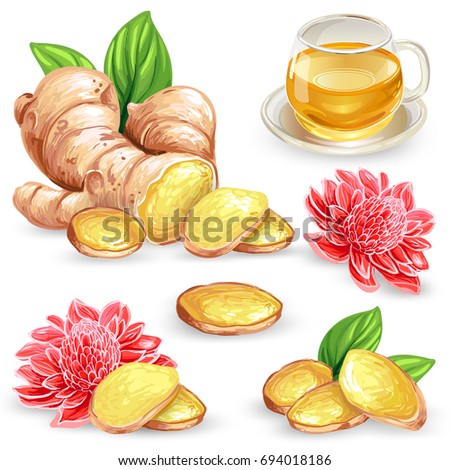Making high-quality ginger tea starts with the plant
itself. Make sure your garden has rich, loose soil with lots of shade. Next,
choose an organic ginger root from a reputable grower, as this is what you will
need to place into the ground. Ideally, it should be around 4 to 5 inches long
with several fingers that have greenish tips.
Plant the root in early spring after the last frost
has passed. Next, cut off the fingers and place them in a shallow trench no
deeper than 1 inch. Once the roots are firmly placed in the ground, water them
thoroughly, and leaves will emerge within a week or two. After you’ve reached
this phase, continue watering, but sparingly. Overall, it may take 10 months
for the plants to completely mature.
Harvesting the plants is easy, as you only need to
lift them gently from the soil. If you want to replant a new batch, simply
break off a part of a root that has foliage and then return it into the ground.
Wash the remaining bunch thoroughly with running water, and then store them in
a reusable plastic bag with the air vacuumed, and place into your
refrigerator’s crisper.
How to Make Ginger Tea
Once you have your own ginger plant, you can now
proceed to making fresh ginger tea. It’s quite easy to make, ensuring that
it’ll be a regular fixture in your diet for years to come. To begin making your
tea, you’ll only need around 2 inches of raw ginger, and 1 and a half or 2 cups
of water. Afterward, follow this procedure.
Article Source: Dr Mercola at Mercola.com








